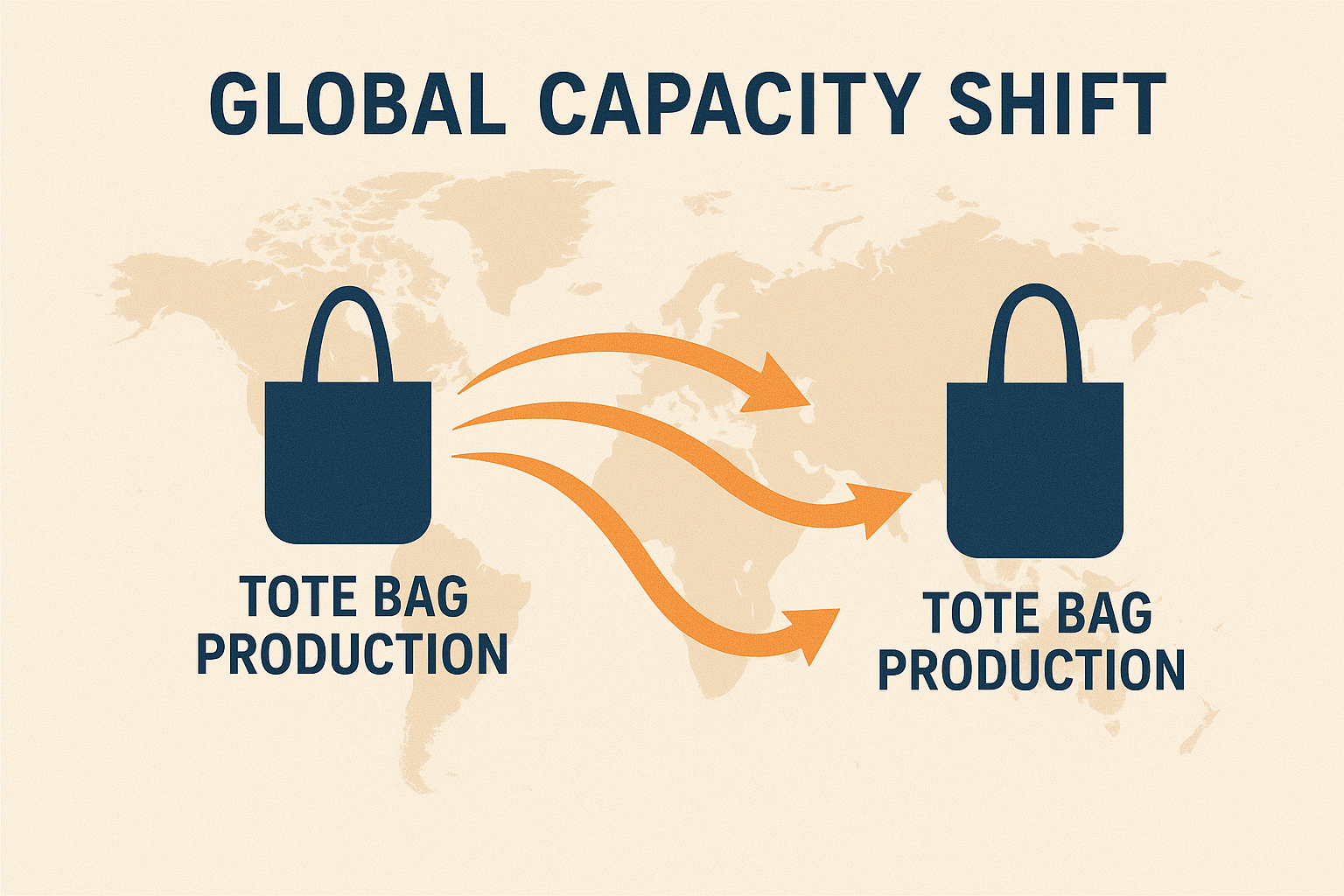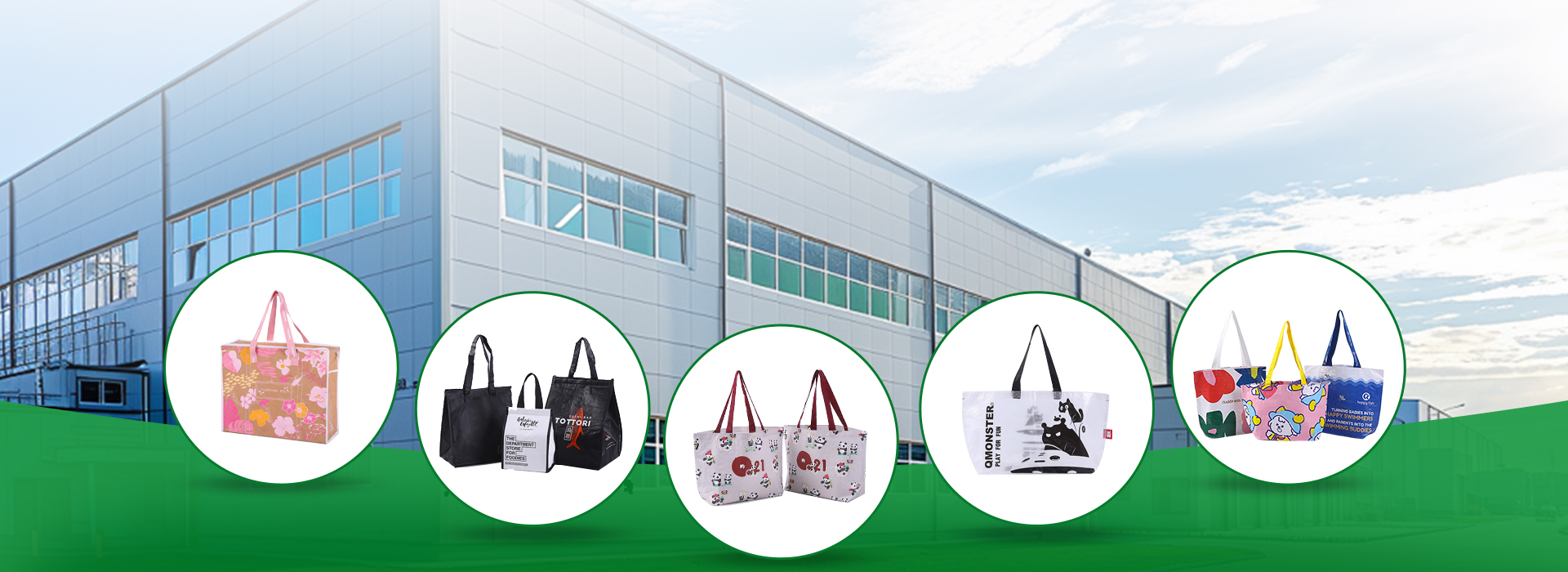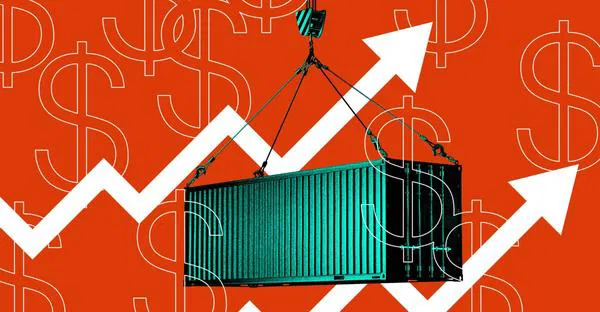The impact of capacity transfer and supply chain restructuring1 on the overseas market of shopping bags?

Factories are relocating. Shipping lanes are shifting. The shopping bag industry must adapt quickly or lose overseas clients.
Capacity transfer and supply chain restructuring reshape where bags are made and how they’re delivered, affecting speed, costs, and reliability for global buyers.
Overseas clients need consistent quality and faster logistics. Let’s look at how these changes influence the shopping bag market.
What are the effects of supply chain issues on global commerce?
When ports clog or factories shut down, bag orders get delayed. Global clients lose shelf space and profits.
Disruptions in supply chains cause delivery delays, increased prices, reduced product availability, and a drop in buyer confidence.
I remember a time when a typhoon hit Wenzhou. Our packaging line halted for three days. Orders for Europe were late. One client replaced us temporarily with a Vietnamese supplier. That moment made us recheck our backup plans and logistics partners.
Issues like natural disasters, pandemics, and policy changes hit hard. They don’t just slow delivery—they increase costs. Buyers abroad don’t like price hikes or broken promises. And now, post-pandemic, everyone is more sensitive.
Common Global Supply Chain Disruptions and Their Effects
| Disruption Type | Example | Impact on Shopping Bag Orders |
|---|---|---|
| Natural Disaster | Floods, typhoons | Factory closures, shipping port delays |
| Political Events | Trade wars, tariffs | Increased costs, route changes |
| Health Crises | COVID-19 lockdowns | Labor shortages, delayed production |
| Transportation | Port congestion, trucking issues | Missed delivery timelines |
To stay competitive, I now keep more raw stock and talk weekly with logistics partners. Reacting fast is the new survival rule.
What is the main impact of a stable supply chain2 on an Organisation?
When everything runs smoothly—raw material arrives on time, production flows, and shipments land early—buyers stay happy.
A stable supply chain ensures timely delivery, consistent quality, cost control, and customer loyalty.

For me, stability means trust. My clients in North America prefer predictability over low prices. If I deliver every time, they return—even if someone else is cheaper. Once, I even won a major contract just by showing a zero-delay history in my reports.
Stable supply chains also reduce emergency costs. I don’t need to pay for air shipping or rush orders when everything flows well. My factory now uses ERP software to track every step—inventory, machines, packaging, shipping. It avoids human errors.
Benefits of a Stable Supply Chain
| Benefit | Description | Outcome |
|---|---|---|
| On-time Delivery | Products reach markets as scheduled | Higher customer satisfaction |
| Quality Control | Fewer defects due to consistent inputs | Fewer returns, better brand reputation |
| Cost Predictability | Fewer surprises in logistics or labor | Better financial planning |
| Stronger Clients | Trust built over time | Long-term partnerships |
The global market respects reliability more than ever. A stable chain is not just internal—it wins contracts.
What is the impact of a country's logistical capabilities3 on supply chain risk?
If a country can’t move goods fast and reliably, buyers lose confidence. Weak logistics kill deals.
A country’s infrastructure and logistics strength directly influence the speed, safety, and cost of exporting products.
In China, strong ports, fast customs, and advanced road networks keep us competitive. I once compared shipping times with a competitor in a landlocked country. I could deliver to Germany 5 days faster.
But good logistics is not just about roads. It includes customs clearance, local delivery networks, digital tracking systems, and port capacity. When I ship from Wenzhou, I rely on coordinated truck-port-air chains. Delays in one piece ruin the whole puzzle.
Key Logistics Factors Affecting Supply Chain Risk
| Factor | Weak Performance Outcome | Strong Performance Outcome |
|---|---|---|
| Port Capacity | Congestion, long wait times | Fast loading/unloading |
| Customs Efficiency | Delayed paperwork, extra fees | Quick clearance, transparent process |
| Road & Rail Access | Broken links, transport bottlenecks | Fast inland distribution |
| IT & Tracking | Lost cargo, poor communication | Real-time updates, trust building |
When choosing suppliers, many clients now ask about port access, customs records, and average delivery times. I keep data ready to show them we can handle it.
How can supply chains be impacted by issues leading to shortages?
Shortages often start upstream—with missing raw materials or labor gaps. They ripple fast, choking output and delaying shipments.
Supply chains break when key materials, components, or labor become scarce, leading to higher costs, missed deliveries, and lost orders.

For shopping bags, if non-woven fabric prices spike or become unavailable, I can’t deliver. One year, after a factory fire in a supplier’s plant, I had to rework every order. It was chaos. I now always keep safety stock for critical items.
Labor is another weak spot. If sewing teams quit or can’t work overtime, production slows. Even packaging material shortages can delay shipping. And if clients need paper bags and paper mills are shut, I can't meet demand—even if my machines are ready.
Supply Shortage Sources and Their Effects
| Source | Typical Trigger | Impact on Orders |
|---|---|---|
| Raw Materials | Factory closures, demand spikes | Delays, rising costs |
| Labor Shortages | Strikes, illness, turnover | Lower production speed |
| Energy Cuts | Government rationing, supply limits | Machine downtime |
| Logistics Delays | Shortage of containers or trucks | Missed delivery windows |
I’ve learned to plan better. I run simulations. I test backup suppliers. And I keep talking to my team daily. It’s the only way to stay ahead.
Conclusion
Factory relocation and chain restructuring shape how shopping bags reach the world—faster, safer, and smarter supply lines win the game.
-
Understanding supply chain restructuring can help businesses adapt and thrive in a changing market landscape. ↩
-
Exploring the benefits of a stable supply chain can reveal strategies for enhancing reliability and customer satisfaction. ↩
-
Learning about logistical capabilities can provide insights into improving supply chain performance and reducing risks. ↩











